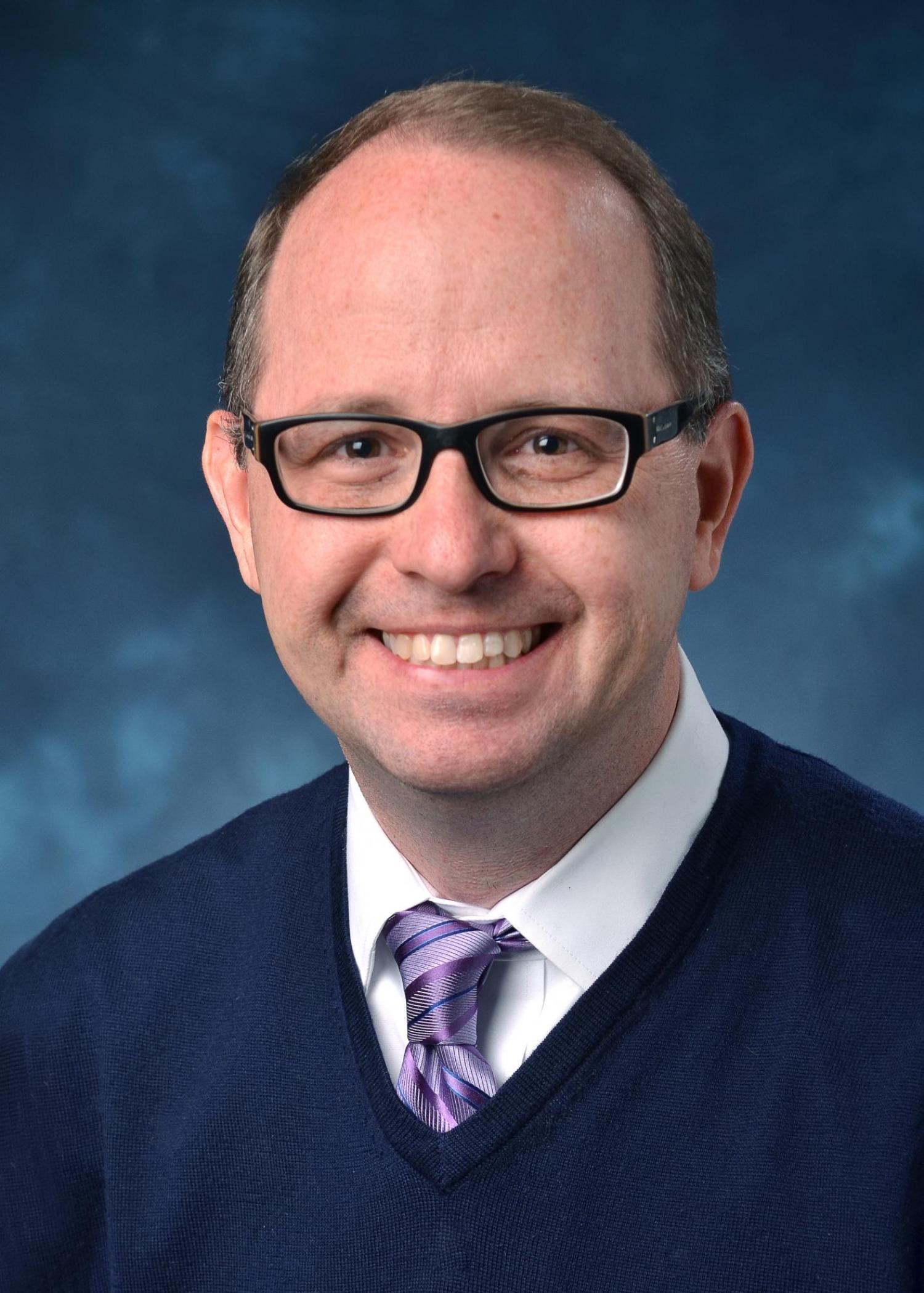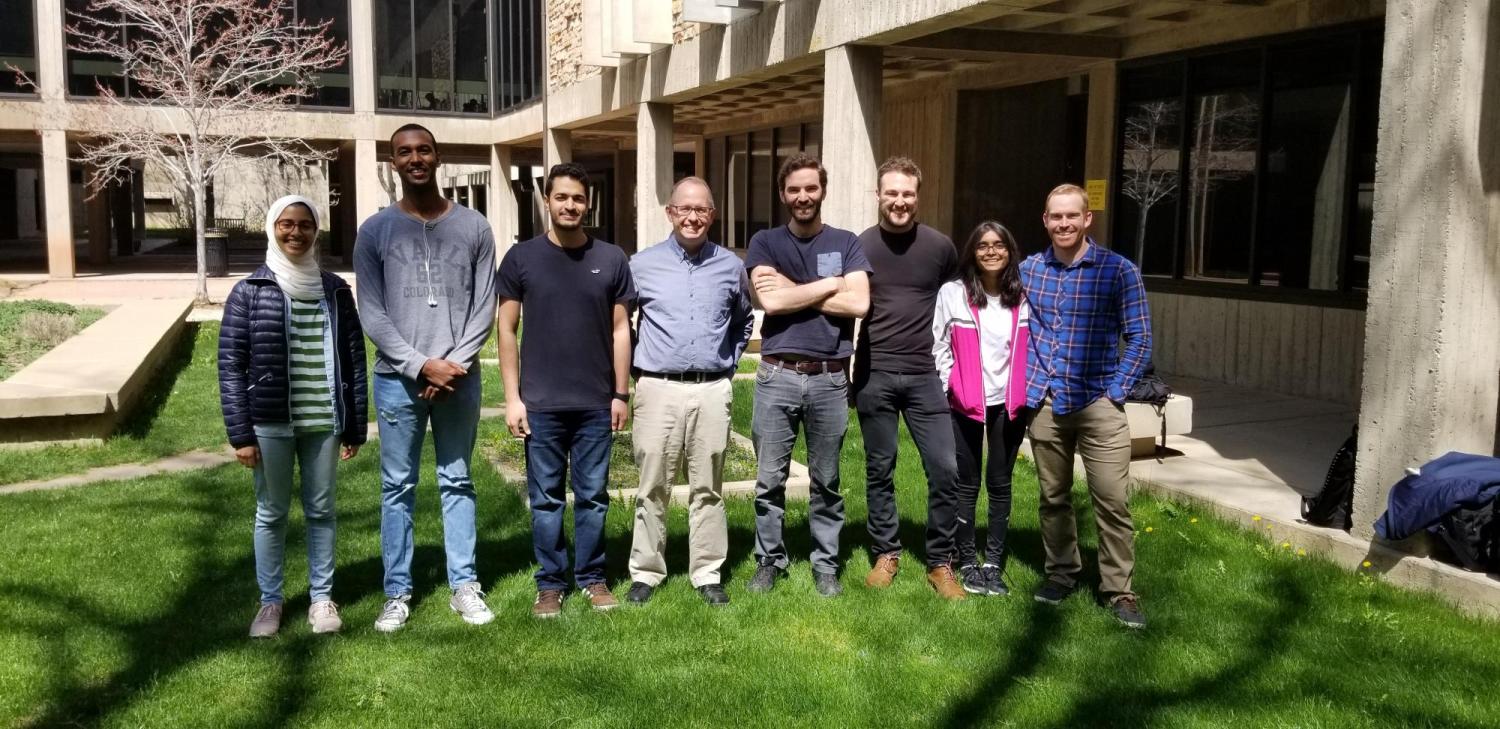Professor Paul Goodrum Interview
The one few constants in life is change. I love exploring what change means in how future project will be built. It is always my hope that the hard work by my students and colleagues will in some small part play a role that future changes create a positive impact that we cannot anticipate today.

Paul Goodrum
Nicholas R. Petry Professor of Construction Engineering and Management • Professional Engineer (PE)
CONSTRUCTION ENGINEERING MANAGEMENT
paul.goodrum@colorado.edu
Website
Originally from Kentucky, my family moved around the country and the world with my Dad being in the Navy. Having attended three different high schools, I graduated high school in Poulsbo, Washington (North Kitsap High) before attending the University of Washington to pursue my BS in Civil Engineering. After completing my masters at the University of Texas at Austin, I worked in industry for five years in both heavy construction (mostly tunnel projects) and design (mostly site civil design). After earning my Professional Engineering License, I returned to the University of Texas at Austin for my PhD. Outside of the University, I spend most of my time with my family in Fort Collins. When not at home, we are typically at a ballpark watching one of our sons play baseball and/or helping coach one of their teams. Whenever someone asks me what I do for a living, I’m proud to tell them that I teach at CU Boulder. While my job title is Professor, I believe there is no greater job than being a teacher, let it be teaching elementary, middle school, high school, or university. Being a teacher provides you the opportunity of being a mentor to others, which is a tremendous responsibility and privilege. I am active in a number of professional societies including serving as Chair of the National Academies’ Transportation Research Board Standing Committee on Construction Management and faculty advisor to our Chi Epsilon student honor society. Over the course of my career, I am most proud of my work in helping improve construction productivity from identifying how advanced visualizations help improve craft productivity to helping developing new processes to ensure productive practices are in place on construction jobsites. Recently, I have been working on better understanding the impact that shortages in construction craft workers have on project performance and steps needed to improve the construction workforce development system.
Our CEAE Department is so very fortunate to have an outstanding cadre of Staff, Faculty, and Students. There is a real sense of optimism in Colorado that feeds the University, and it was something that I sensed when I first visited the Front Range. The talent and creativity the permeates the University, College, and Department really inspires some amazing accomplishments.
What classes do you teach?
I teach Introduction to Construction and Construction Equipment and Methods, which are two courses at the undergraduate level and Building Information Modelling and Design of Construction Operations, which are two additional courses at the graduate level.
How is the global construction industry changing? What current and future challenges does construction face?
As engineers, we assume there will be a qualified workforce to build and maintain the projects we design. As a nation, we have always been fortunate for having one of the most qualified workforces in the world to build an infrastructure system that has typically been the envy of other countries. There is a real shortage of qualified craft workers that threaten this assumption. There are still outstanding craft workers in construction; there is just not enough of them. While projects are being designed and technologies being developed to offset the shortage, I don’t believe these improvements will be enough to offset the effects of a dwindling workforce, especially considering the growing need to renew our nation’s infrastructure system.There are a number of socioeconomic factors contributing to the shortage, but we have to begin by rebuilding our society’s respect for not only construction craft workers but professionals from all ranges of occupations, including heavy equipment operators and electricians to even doctors and engineers. Anyone who goes on to pursue any type of post-secondary education, let it be through an apprenticeship, community college, or 4-year university and then becomes licensed and/or certified should be respected as a professional.
What makes construction management an important aspect of civil engineering education? What fundamental principals do current students need to learn in order to be effective during their careers?
As engineers, we assume there will be a qualified workforce to build and maintain the projects we design. As a nation, we have always been fortunate for having one of the most qualified workforces in the world to build an infrastructure system that has typically been the envy of other countries. There is a real shortage of qualified craft workers that threaten this assumption. There are still outstanding craft workers in construction; there is just not enough of them. While projects are being designed and technologies being developed to offset the shortage, I don’t believe these improvements will be enough to offset the effects of a dwindling workforce, especially considering the growing need to renew our nation’s infrastructure system.There are a number of socioeconomic factors contributing to the shortage, but we have to begin by rebuilding our society’s respect for not only construction craft workers but professionals from all ranges of occupations, including heavy equipment operators and electricians to even doctors and engineers. Anyone who goes on to pursue any type of post-secondary education, let it be through an apprenticeship, community college, or 4-year university and then becomes licensed and/or certified should be respected as a professional.
Please describe your teaching philosophy. How do you help students learn about the construction industry and how to become effective project managers?
The core of my philosophy is tell students what you are going teach them, teach them, and tell them what they’ve been taught. Whenever possible, I incorporate active learning to help students apply what they have been taught in meaningful ways. Preferably, I have students apply what they have learned through projects implemented on actual construction jobsites, which are obviously less structured than a lecture hall or university campus. This experience helps them translate classroom theory to real world practice.
What are some current projects that graduate students in your research group are working on? How does their research supplement their experience at CU?
My graduate students are a real diverse group who typically work in one of three areas, including Construction Productivity, Visualization, and Workforce Strategy. While these areas may sound divergent, I exam visualization and workforce strategy from the perspective of improving construction productivity. efforts in each area are described below.
- Construction Productivity – one of the current projects that we are finalizing is deploying a neural network based system to assist the Colorado Department of Transportation (CDOT) to estimate a construction project’s duration while the project is still being designed. This will help CDOT to better estimate contract durations to help establish coordinate activities (e.g. lane closures and detours) and set required durations for construction firms during construction.
- Visualization - The ability to understand complex spatial information is partly influence by the format of information and individual spatial cognition. Through a series of empirical studies, my research team conducted a series of field trials with craft workers throughout the U.S. and Canada that involved each individual assembling a series of pipe spools using different design formats, including 2D isometric drawings, double-sided isometric drawing that included a 3D image of the pipe spool, and a 3D print of the pipe spool. We found that individuals with lower spatial cognition performed relatively worse compared to individuals when using the 2D isometric format, but there was no different between the groups when using 3D information. We are continuing these efforts by attempting to understand how individual spatial cognition influences eye gaze patterns with hopes of discovery how the format of information and/or training can both improve overall performance of different users groups. Some of the most recent work related to this area is summarized here.
- Workforce Strategy - What are the factors that influence young individuals to choose a career in the construction trades ? What are the strengths and weaknesses of K-12 education as it relates to the construction industry? What can be learned from other countries' workforce development systems, including those in Canada and Europe. These and other questions are being explored to learn how the U.S. construction workforce development system can be improved. A video that highlights some of these recent findings can be found here.

Pictured left to right: Sara Al-Haddad, Mussie Gebremedhin, Ahmad Alquraini, Paul Goodrum, Guillermo Nevett, Matt Sears,
Jialdhi Mathukiya, and Bradley Abell.


